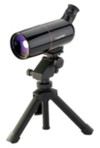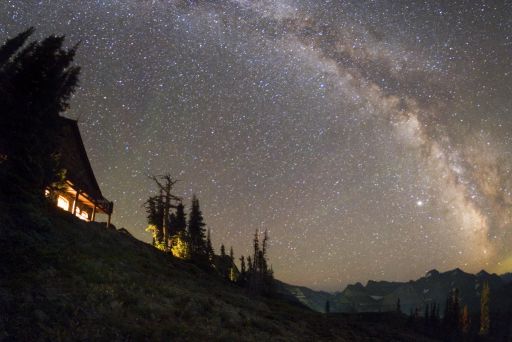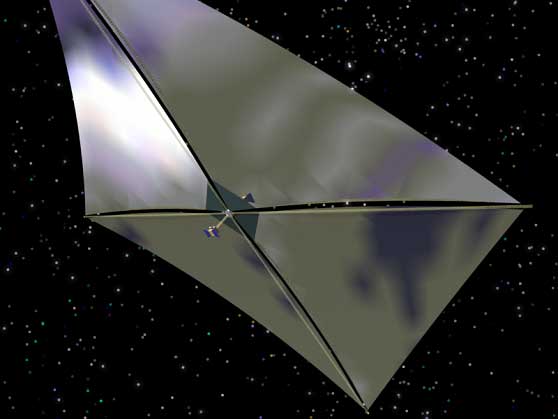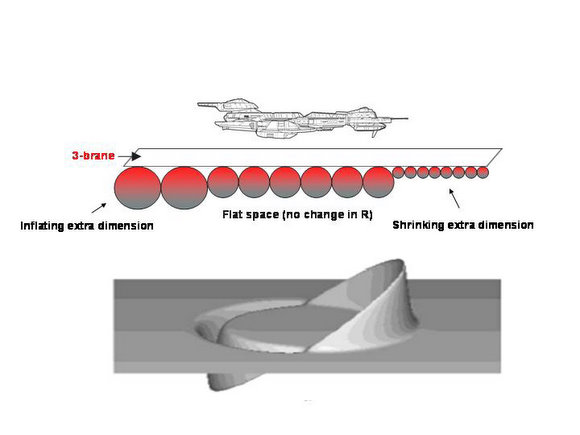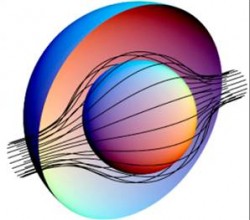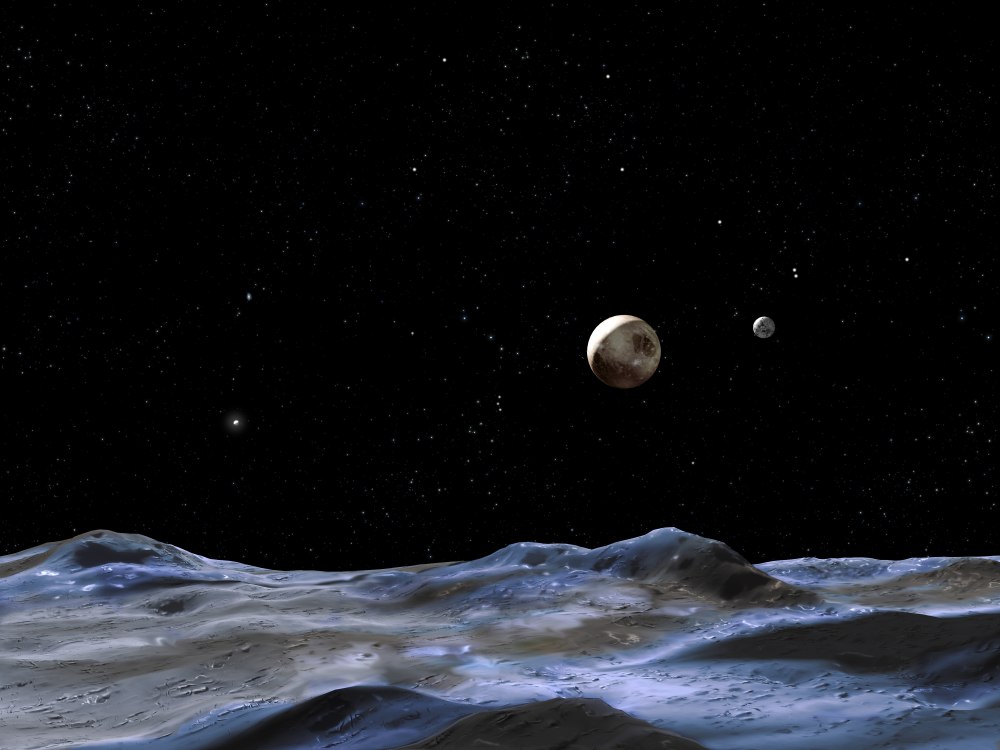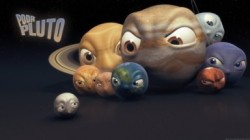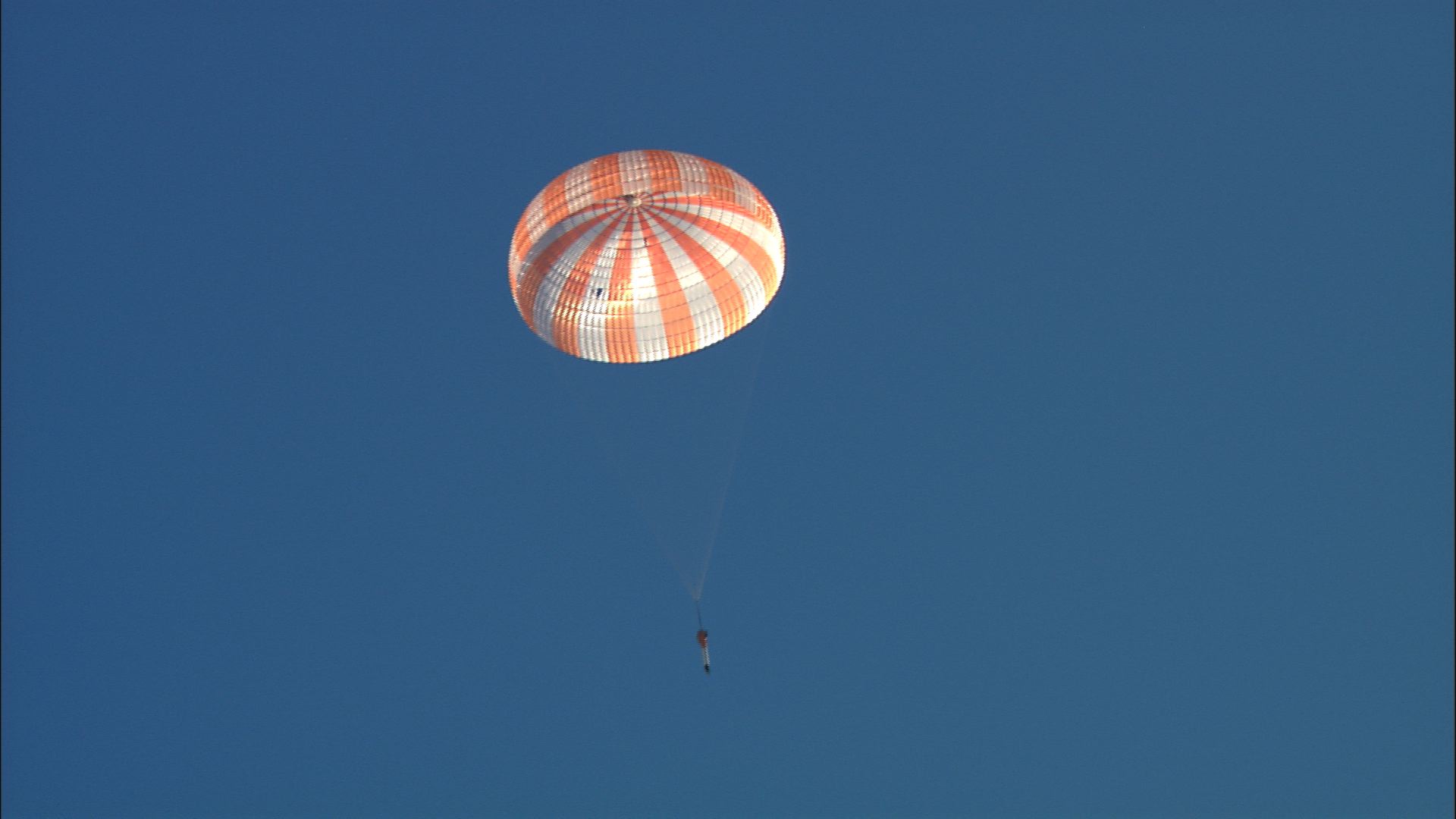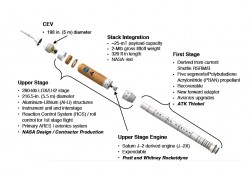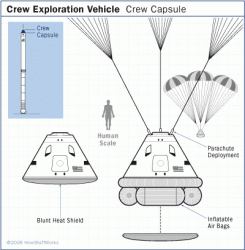Have you been wanting to get your hands on a telescope that’s easy to use, very portable and best of all only costs $55? Don’t you dare go to a department store and pick up a “toy”. I’m here to tell you when you decide to play with a Celestron C65 Mini-Mak, you’ll soon find out that big things really do come in small packages.
So what’s a little telescope like you doing in a dark place like this? I can tell you what you’re doing. You’ve come to let me put you through your paces, use and abuse you, and find fault where I can. You look awfully small in that box. Not much larger than a good sized binocular tube. After all, you are a spotting scope, aren’t you? So, come on… Let me relieve you of that wrapping and show me what you can do.
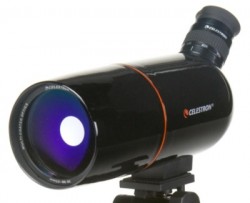 The Celestron C65 Mini-Mak is a tiny little creature – about the size of a wine bottle minus the neck. However, the moment you lay eyes on it, quality screams right out. Raven black finished perfection, pristine Celestron optics and deep, quality coatings. The eyepiece is angled off the back at 45° so the viewing is user friendly and the zoom eyepiece shows three magnification levels – 30X, 60X and 90X. A little (ahem) testing shows it can be t-thread camera compatible, as well. With it comes a clever little tabletop tripod. Surprisingly enough, it’s a steady affair, with rubber tipped feet and even slow motion controls. The optical tube itself could easily be mounted on a larger camera tripod, too… But we’re thinking economy here. Digging further into the box, I was also delighted to discover it comes with its own soft carrying case, too. Very nice. Not much larger than the average lunch kit, this would easily be considered airline carry-on.
The Celestron C65 Mini-Mak is a tiny little creature – about the size of a wine bottle minus the neck. However, the moment you lay eyes on it, quality screams right out. Raven black finished perfection, pristine Celestron optics and deep, quality coatings. The eyepiece is angled off the back at 45° so the viewing is user friendly and the zoom eyepiece shows three magnification levels – 30X, 60X and 90X. A little (ahem) testing shows it can be t-thread camera compatible, as well. With it comes a clever little tabletop tripod. Surprisingly enough, it’s a steady affair, with rubber tipped feet and even slow motion controls. The optical tube itself could easily be mounted on a larger camera tripod, too… But we’re thinking economy here. Digging further into the box, I was also delighted to discover it comes with its own soft carrying case, too. Very nice. Not much larger than the average lunch kit, this would easily be considered airline carry-on.
Set up was a breeze. Park it on my patio table and I’m off and running. But there is a slight problem. There’s absolutely no way of aiming it. Sure, I can poke and hope with the best of ’em at 30X… But guess work isn’t exactly relaxing. Back to the box we go and out comes a Celestron StarPointer Finderscope. Now we’ve upped the ante from $55 to $80 and less than $100 plus shipping. Still… that’s not a bad price… If it performs.
Make no mistake. The Celestron C65 Mini-Mak is a high quality, image correct 65mm aperture Maksuktov Cassegrain telescope with a 835mm focal length and f/12.85 focal ratio. Just like its “big brothers”, the astronomical telescopes, this Celestron Mak uses high quality optical glass for excellent image quality and provides bright views of both terrestrial and celestial objects. The StarPointer finder adjusts to both daylight and night and within seconds I was watching a gold finch with unparalleled detail. A hummingbird at the feeder 50 feet away was an iridescent green marvel and the large bird I saw touch down in the woods some 1000 yards away was quickly revealed as a red-tailed hawk. But this is day. What about night?
Over a period of a few weeks, I was equally happy to see what the Celestron C65 Mini-Mak could do for astronomy. I was very pleasantly surprised to find that it performed every bit as well at 90X on Jupiter as my Orion ShortTube reflector that costs over twice as much and didn’t have a tripod! The equatorial bands of Jupiter were easily visible and so were all the galiean moons. As for deep sky, brighter galaxies and globular clusters were within the Mini-Mak’s reach, as well as a surprising amount of open clusters. Happy objects, such as the Lagoon Nebula, the Swan Nebula, the Wild Duck Cluster, Brocchi’s Cluster, NGC 457, Omega II Cygni, the Butterfly Cluster, M7, M13 and many more were easily captured. The Celestron C65 also did an outstanding job on the Moon as well, revealing major craters in crisp detail with a full disk image.
Would it pass the Tammy Time Test? In this case, yes. The very best part about this small package is Celestron’s “No Fault” warranty. No matter what you do to it, Celestron will repair or replace it without any questions being asked. That means if it gets knocked off the table and breaks… It gets replaced. If the airplane cabin pressure messes it up? Celestron replaces it. It the neighbor’s dog runs off with your C65? Snatch it and send it back. Celestron will send you a new one.
Parting words? You cannot go wrong with the Celestron C65 Mini-Mak. For those with limited space and a limited budget, there’s no reason to compromise on performance. It’s a very real telescope and it works like one. Sometimes big things really do come in small – and inexpensive – packages!
The Celestron C65 Mini-Mak Telescope was provided for review by Oceanside Photo and Telescope. We thank you!

